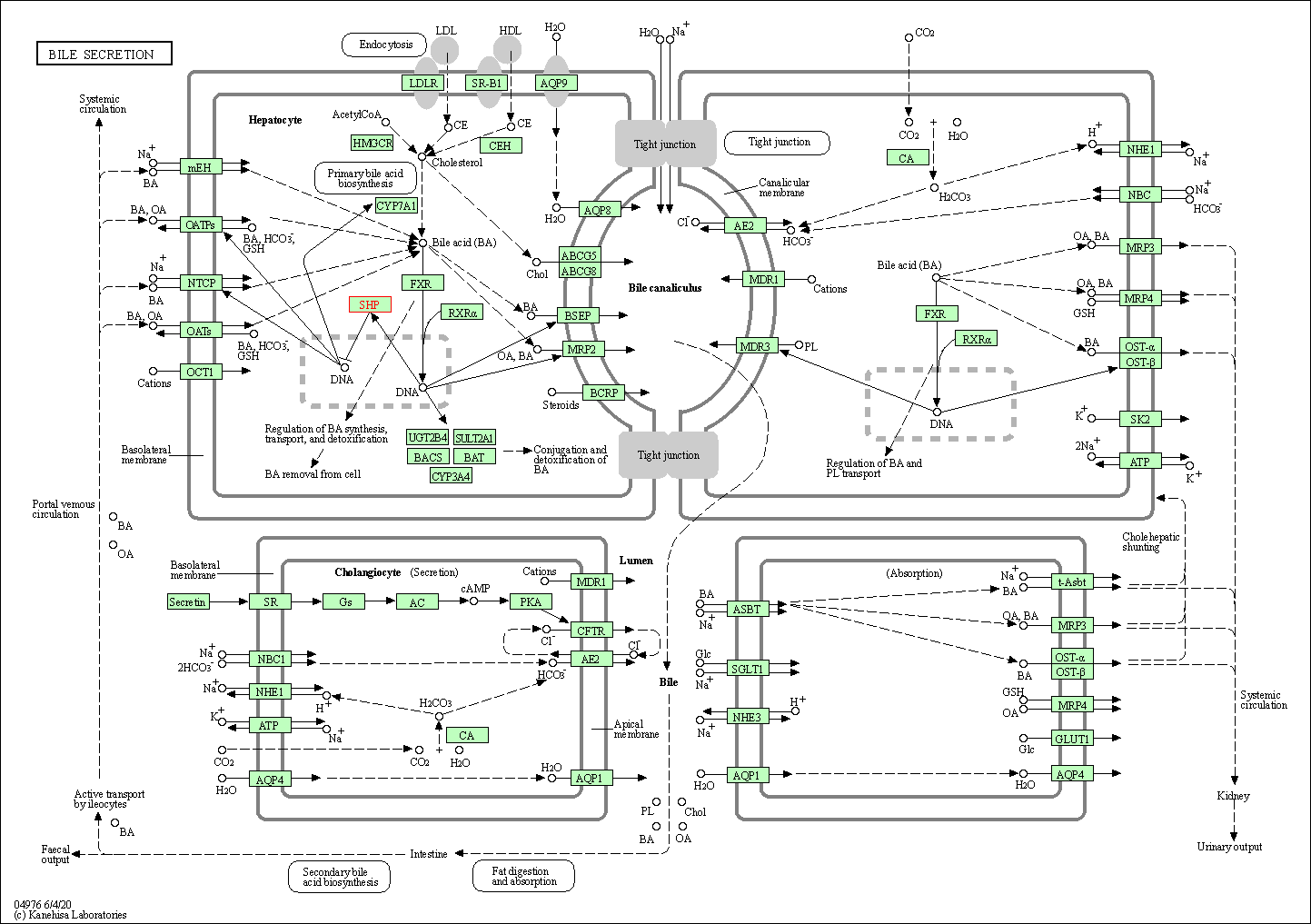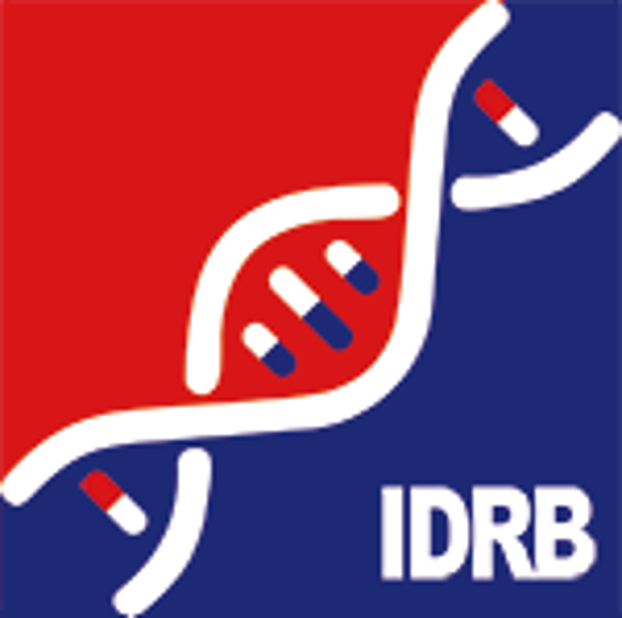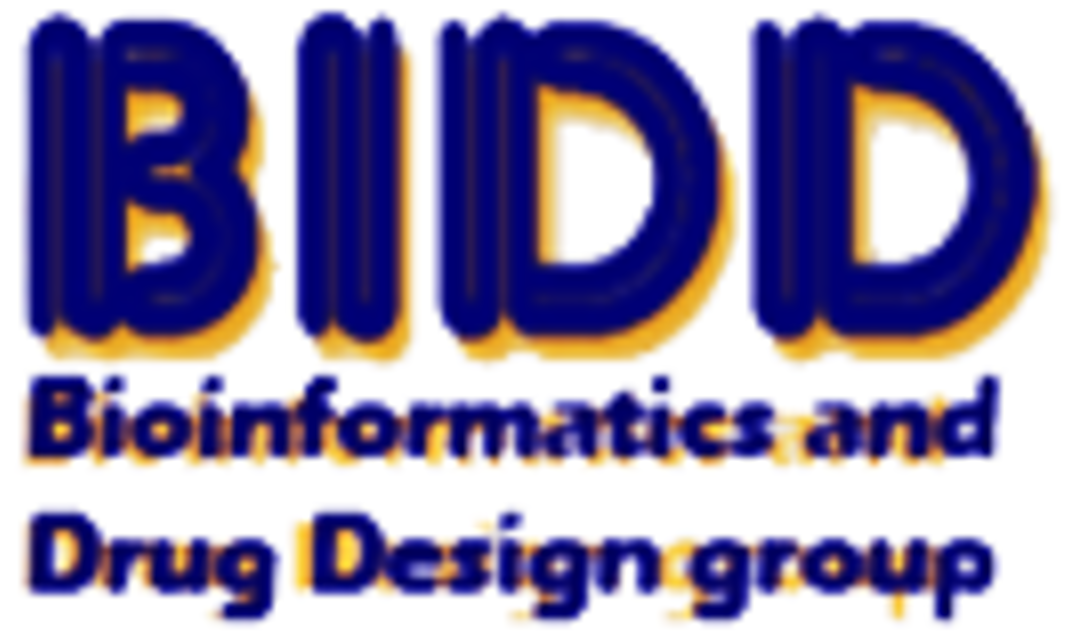Target Information
| Target General Information | Top | |||||
|---|---|---|---|---|---|---|
| Target ID |
T89859
(Former ID: TTDR00817)
|
|||||
| Target Name |
Orphan nuclear receptor SHP (NR0B2)
|
|||||
| Synonyms |
Small heterodimer partner; Short heterodimer partner; SHP; Nuclear receptor subfamily 0 group B member 2
Click to Show/Hide
|
|||||
| Gene Name |
NR0B2
|
|||||
| Target Type |
Literature-reported target
|
[1] | ||||
| Function |
Specifically inhibits transactivation of the nuclear receptor with which it interacts. Inhibits transcriptional activity of NEUROD1 on E-box-containing promoter by interfering with the coactivation function of the p300/CBP-mediated transcription complex for NEUROD1. Essential component of the liver circadian clock which via its interaction with NR1D1 and RORG regulates NPAS2-mediated hepatic lipid metabolism. Regulates the circadian expression of cytochrome P450 (CYP) enzymes. Represses: NR5A2 and HNF4A to down-regulate CYP2C38, NFLI3 to up-regulate CYP2A5, BHLHE41/HNF1A axis to up-regulate CYP1A2, CYP2E1 and CYP3A11, and NR1D1 to up-regulate CYP2B10, CYP4A10 and CYP4A14. Transcriptional regulator that acts as a negative regulator of receptor-dependent signaling pathways.
Click to Show/Hide
|
|||||
| BioChemical Class |
Nuclear hormone receptor
|
|||||
| UniProt ID | ||||||
| Sequence |
MSTSQPGACPCQGAASRPAILYALLSSSLKAVPRPRSRCLCRQHRPVQLCAPHRTCREAL
DVLAKTVAFLRNLPSFWQLPPQDQRRLLQGCWGPLFLLGLAQDAVTFEVAEAPVPSILKK ILLEEPSSSGGSGQLPDRPQPSLAAVQWLQCCLESFWSLELSPKEYACLKGTILFNPDVP GLQAASHIGHLQQEAHWVLCEVLEPWCPAAQGRLTRVLLTASTLKSIPTSLLGDLFFRPI IGDVDIAGLLGDMLLLR Click to Show/Hide
|
|||||
| 3D Structure | Click to Show 3D Structure of This Target | AlphaFold | ||||
| HIT2.0 ID | T49USV | |||||
| Cell-based Target Expression Variations | Top | |||||
|---|---|---|---|---|---|---|
| Cell-based Target Expression Variations | ||||||
| Different Human System Profiles of Target | Top |
|---|---|
|
Human Similarity Proteins
of target is determined by comparing the sequence similarity of all human proteins with the target based on BLAST. The similarity proteins for a target are defined as the proteins with E-value < 0.005 and outside the protein families of the target.
A target that has fewer human similarity proteins outside its family is commonly regarded to possess a greater capacity to avoid undesired interactions and thus increase the possibility of finding successful drugs
(Brief Bioinform, 21: 649-662, 2020).
Human Pathway Affiliation
of target is determined by the life-essential pathways provided on KEGG database. The target-affiliated pathways were defined based on the following two criteria (a) the pathways of the studied target should be life-essential for both healthy individuals and patients, and (b) the studied target should occupy an upstream position in the pathways and therefore had the ability to regulate biological function.
Targets involved in a fewer pathways have greater likelihood to be successfully developed, while those associated with more human pathways increase the chance of undesirable interferences with other human processes
(Pharmacol Rev, 58: 259-279, 2006).
Biological Network Descriptors
of target is determined based on a human protein-protein interactions (PPI) network consisting of 9,309 proteins and 52,713 PPIs, which were with a high confidence score of ≥ 0.95 collected from STRING database.
The network properties of targets based on protein-protein interactions (PPIs) have been widely adopted for the assessment of target’s druggability. Proteins with high node degree tend to have a high impact on network function through multiple interactions, while proteins with high betweenness centrality are regarded to be central for communication in interaction networks and regulate the flow of signaling information
(Front Pharmacol, 9, 1245, 2018;
Curr Opin Struct Biol. 44:134-142, 2017).
Human Similarity Proteins
Human Pathway Affiliation
Biological Network Descriptors
|
|
|
There is no similarity protein (E value < 0.005) for this target
|

| KEGG Pathway | Pathway ID | Affiliated Target | Pathway Map |
|---|---|---|---|
| Bile secretion | hsa04976 | Affiliated Target |

|
| Class: Organismal Systems => Digestive system | Pathway Hierarchy | ||
| Degree | 9 | Degree centrality | 9.67E-04 | Betweenness centrality | 2.02E-04 |
|---|---|---|---|---|---|
| Closeness centrality | 2.31E-01 | Radiality | 1.41E+01 | Clustering coefficient | 1.11E-01 |
| Neighborhood connectivity | 4.24E+01 | Topological coefficient | 1.42E-01 | Eccentricity | 10 |
| Download | Click to Download the Full PPI Network of This Target | ||||
| Chemical Structure based Activity Landscape of Target | Top |
|---|---|
| Target Regulators | Top | |||||
|---|---|---|---|---|---|---|
| Target-regulating microRNAs | ||||||
| Target-interacting Proteins | ||||||
| References | Top | |||||
|---|---|---|---|---|---|---|
| REF 1 | The agonist activity of tamoxifen is inhibited by the short heterodimer partner orphan nuclear receptor in human endometrial cancer cells. Endocrinology. 2002 Mar;143(3):853-67. | |||||
If You Find Any Error in Data or Bug in Web Service, Please Kindly Report It to Dr. Zhou and Dr. Zhang.

